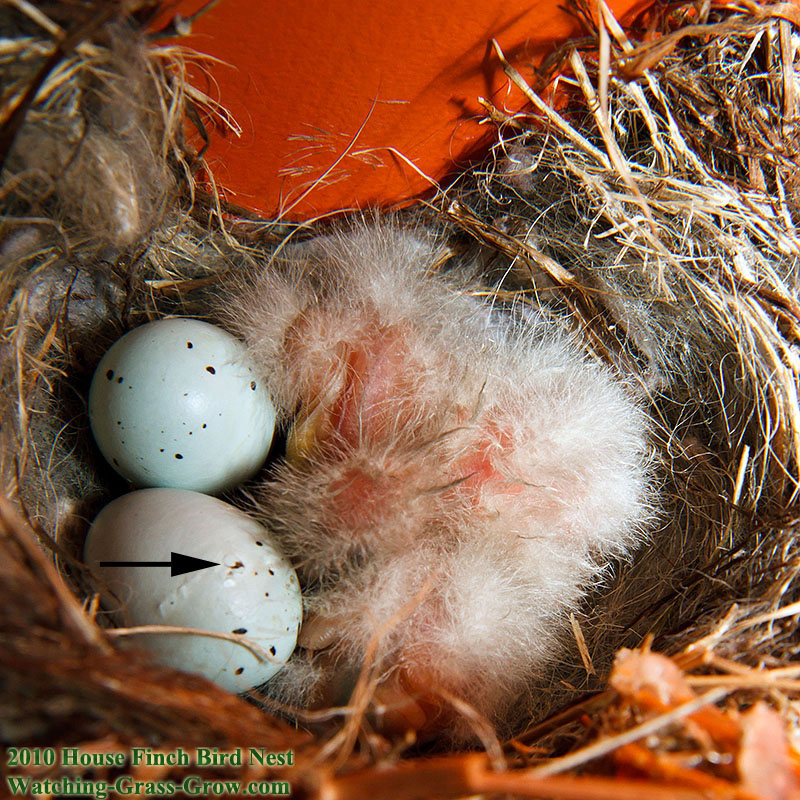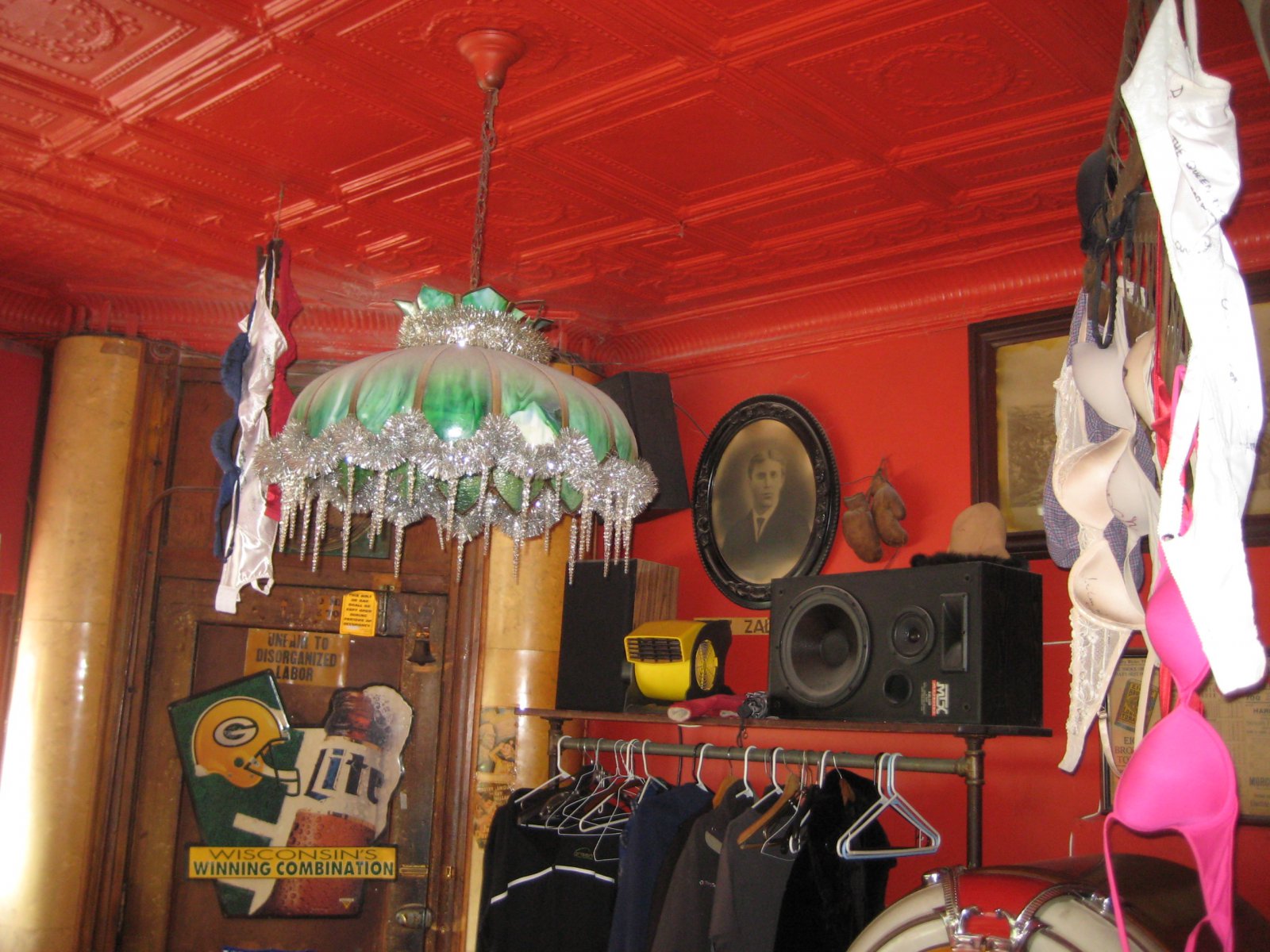Table Of Content

In the West, the birds are usually found in natural habitats, including deserts, savannah, streamsides, and open coniferous forests. However, some populations have undergone a steep decline since January 1994, owing to a disease called mycoplasmal conjunctivitis. The disease causes respiratory problems and red, swollen eyes, making them susceptible to predators and adverse weather. House Finch conjunctivitis was first observed at feeders in the Washington, D.C.
Cal Poly Humboldt campus to remain closed through weekend as protesters occupy buildings
Many of their nest sites are in human-made structures or near areas with human activity. The most important site characteristics are protection from above and a solid base to build on. “American goldfinches are much later nesters than just about anything else you have in your yard,” LeBaron said. This is because as seedeaters, the birds wait for thistles to produce seed before building nests and feeding their young. House Finches like bird houses mounted just out of reach on a post in the middle of a yard clear of trees or buildings. – House finches measure 5-6 inches in length and have chunky, conical beaks adapted for eating seeds.
What bird is similar to the tufted titmouse?

They prefer edge habitat and are absent from dense coniferous forests. They are not “obligate” cavity nesters like bluebirds, and rarely use a nestbox. There have been a few documented cases (see Nestboxes below). Next, learn how to attract and identify purple finches.
When Does the House Finches Breeding Season Begin?
Finches make excellent pets if you select one from a knowledgeable breeder. They can cost anywhere between 10 to 100 dollars, and love the company of other birds. The board said it is "urgently working" with Shafik to resolve the unrest on campus and "rebuild the bonds of our community."
Habitats
For the Birds: Fledgling make for noisy birdwatching - Courier & Press
For the Birds: Fledgling make for noisy birdwatching.
Posted: Sun, 23 Jun 2019 07:00:00 GMT [source]
By providing the right type of feeder, offering their favorite seeds, and creating a welcoming environment, you... The typical clutch size for house finch eggs is between two to six eggs, with four being the average. The eggs of these songbirds are very small and measure to be .6-.8 inches in diameter. House Finches are not strangers to suburban areas and build their nest just about anywhere.
Adult male
A House Finch’s nest is a cup made of fine stems, leaves, rootlets, thin twigs, string, wool, and feathers, with similar, but finer materials for the lining. Overall width of the nest is 3-7 inches, with the inside cup 1-3 inches across and up to 2 inches deep. A Heated Birdbath can be a valuable resource during winter for all your feeder birds. As seed eaters, it's beneficial to have these birds around your yard. In summer they can be a real help in keeping weeds seeds down. The Brown-headed Cowbird often lays its eggs in House Finches nests.
The most popular areas for house finches include the eastern U.S. Their breeding population is estimated to be 40 million according to the North American Breeding Bird Survey. However this species is only recently arriving in the Eastern United States after being accidentally released from illegal pet shops in New York in the 1940s. From there they spread to the Great Plains where they met their western cousins. House Finches generally forage in flocks and come to feeders for sunflower seeds sugar water and hummingbird food. They often nest in plant boxes hanging planters or roof overhangs.
Bird houses need to be be cleaned and disinfected after the brooding season to be certain that parasites, their eggs and larvae are completely eliminated. 5.) Although House Finches are well adapted to dry climates, they still need a lot of water. On especially hot days, they can consume more than their own bodyweight in fluids. Luckily, succulent plants abound in their native, arid habitat, offering a hydrating food source.
While house finches are adaptable and may occasionally use these, they do not provide the ideal cavity specifications to regularly attract nesting. Traditional enclosed bird boxes with hole entries remain the best style to use. 3.) House Finches can look very different depending on where they live. The birds come in 11 officially recognized subspecies. Body and bill size, shape, wing length, tail length, and coloring can all vary regionally.
With a little practice, you can learn the clearest field marks for each of these species. Click or tap on the dots on the photos and let them guide you. – Consider erecting finch colony boxes with multiple (4-6) compartments.
Other finch species, such as the American Goldfinch, are also affected. The disease is spread through social contact, so keeping your bird feeders and baths clean is important. House Finches are currently among the most widespread and common birds across the United States—but as we'll see, that wasn't always the case. These days, they can be found brightening backyards and chowing down at seed feeders from the arid Southwest to the humid cities of the Northeast. Familiar as they are, there’s plenty about these cosmopolitan birds worthy of closer attention and deeper appreciation. House Finches are known to be frequent visitors of bird feeders.
Females collect various plant matter, twine, string, and hair, carry it back to the nest site, and begin building. You can help these delightful backyard birds not only by supplying them with food but with safe aviary environments to live in. Nest boxes and birdhouses for House Finches are incredibly affordable and a great way to keep hatchlings safe from hungry predators. So while designed with other birds in mind, a wide range of birdhouse designs are readily used by house finches.
In rural areas, you can also find House Finches around barns and stables. House Finches may be primarily responsible for raising the young but there are instances where the male plays an important role in raising the young. House Finches may also spend more time in the nest during the day. Cardinals are beautiful and colorful birds that are often attracted to bird feeders.
If they have previous nest sites, they are likely to reuse one of them. There are many questions you might have about house finches and where they like to nest. The female of this species usually nests in a sheltered spot like a porch light fixture hanging plant or tree. Their nests usually look like open cups and they have two to six blue-white eggs.

No comments:
Post a Comment